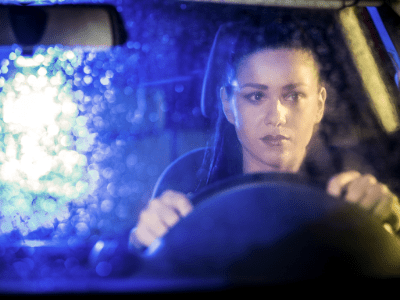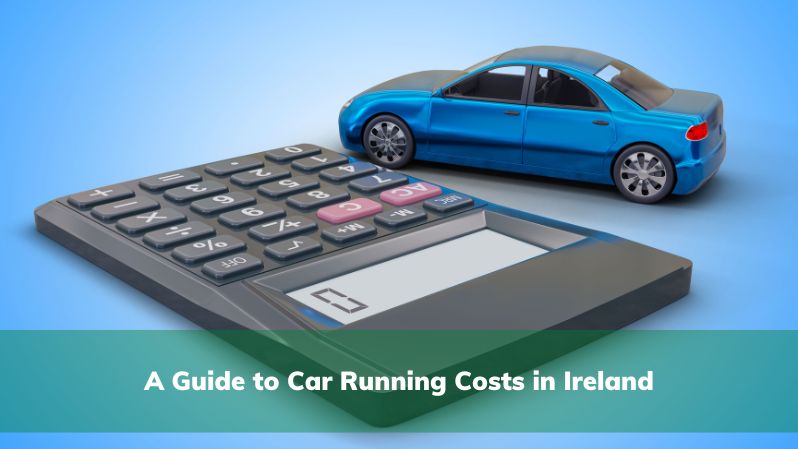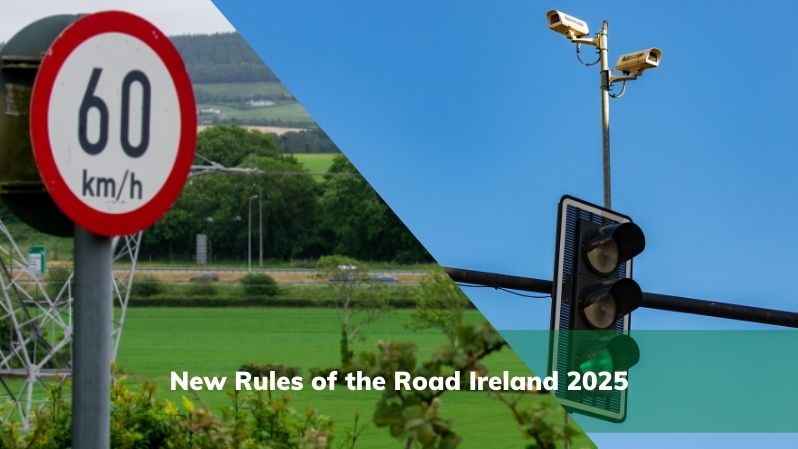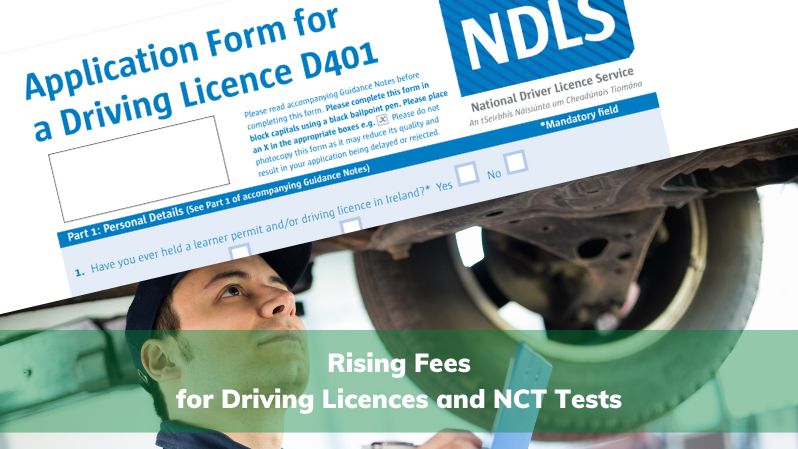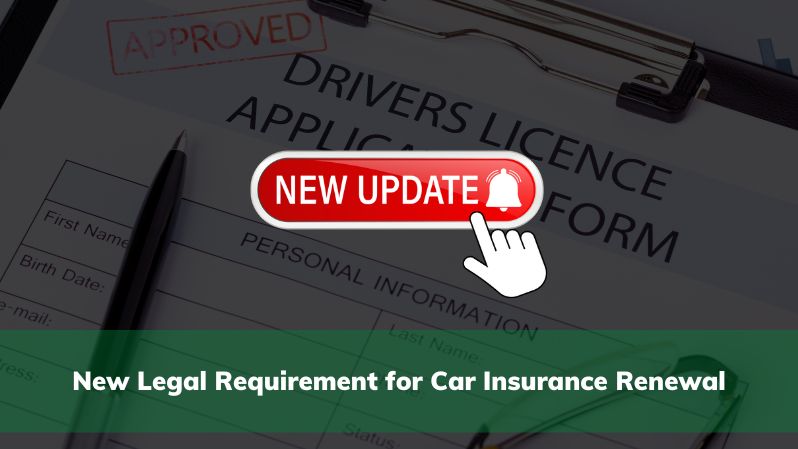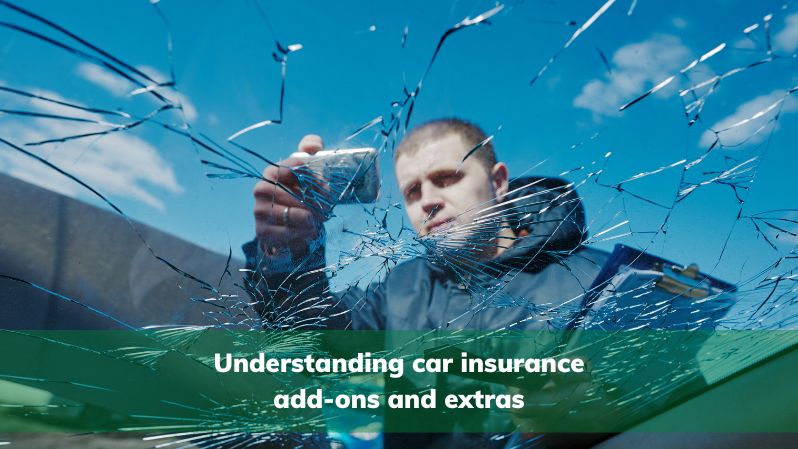As sad as it is to admit, summer is officially over, while we have been enjoying somewhat of an Indian summer this month, autumn is well and truly upon us. Unfortunately, with the change in season comes torrential downpours, orange weather warnings and most ominously, dangerous driving conditions.
When it comes to road safety on the Irish roads, it’s crucial to stay on top of all of the available information, so you protect yourself and others on the road. Here are 12 top tips for navigating Irish roads in the rain from Insure my Car.
1. Check the weather and plan accordingly
When you’re going on a long journey, you can often become distracted with packing up your stuff and organising yourself. Sometimes, you might not even think to check the weather forecast for the day of your trip. To avoid getting caught in dangerous weather conditions, it’s imperative to watch weather updates so you can plan routes, avoid hazardous roads and allocate extra time for your car journey.
It’s also important to remember that when it rains, more people choose to use their cars so there are often extra cars on the road. By checking the forecast ahead of your departure, you can put any necessary contingency plans in place!
2. Give your car a routine check
Try to factor in routine checks for your car’s equipment; you don’t want to be taken by surprise in a downpour and find some vital aspect of your vehicle isn’t working as it should.
Check your windscreen wipers, your headlights, your tail lights and your tyres. It’s particularly important to check the tyre pressure and the tyre tread to make sure everything is in order before you encounter heavy rain.
3. Avoid secondary roads where possible
When you get caught in a shower while driving, try to detour your route to main roads exclusively. Where possible, you should avoid secondary roads as these are often far more prone to flooding.
Flooded roadways are more likely to induce skidding, so that’s why it’s best to use main roads when the weather deteriorates.
4. Don’t stop your car in flooded sections
No matter how quickly we react to rerouting during a downpour, we may still encounter flooded road sections. If you have to drive through a flooded patch of road, never stop in the water, just drive through them very slowly.
Afterwards, check your brakes and dry them out immediately by very gently pressing on the brake pedal while the car is moving.
5. Reduce your speed
It goes without saying, but we’re going to say it anyway. It’s incredibly important to slow down when it’s raining. You will need increased braking distances, and you will also have reduced visibility so it’s important to take that into account when your foot is on the accelerator.
Keep an eye on your speedometer and the cars ahead of you. Remember the expression “it’s better late than never”.
6. Use your windshield wipers
When the rain is persistent and heavy, people generally remember to switch on the wipers. However, when the rain is lighter people often forget. It’s imperative to always remember to turn on your wipers at the first sign of rain.
You want to maintain an acceptable level of visibility and ensure your driving experience is as safe as possible, so it’s vital to keep them on during a spout of rain.
7. Turn your lights on
When heavy rain starts to fall even during daylight hours it can become difficult for you to see other cars and for other cars see you. When you turn on your lights you’ll be more easily identifiable to both oncoming cars, rear cars and indeed, pedestrians. This will reduce the risk of a crash and will keep you and your fellow commuters safe on the road.
8. Maintain a safe distance between you and other cars
Rainy weather conditions mean you might have to break more suddenly than usual, that’s why it’s super important to leave that little bit of extra space between you and the car ahead.
When you crash into the back of someone else car, it’s you who will be liable irrespective of the weather conditions. That’s why it’s important to ensure you’re maintaining safe braking distances when the weather gets rough.
9. If you do encounter a skid, don’t panic
If you feel that your tyres are beginning to lose traction while driving on a wet road it is undeniably frightening, but try not to panic.
Attempt to ease your foot from the accelerator and avoid harsh braking at all costs. Your speed should then naturally decrease. This will help you to regain control of your car and can thus, continue on with your journey.
10. Control the temperature within the car
Rain isn’t the only thing making it hard to see out your windscreen, heavy rain can also make it foggy, further reducing visibility. When your windows start getting fogged up, it’s essential to engage in some internal ‘climate control’.
Turn your car heater up to the highest possible temperature and then ensure the setting is on the windscreen option; this will blow warm air against the window and reduce the fog.
11. Be alert
It’s only too easy to become mildly distracted when you’re driving. However, losing focus could be dangerous for you, the passengers in your vehicle, and others travelling on the road.
When those drops start to fall, turn down the radio and the noise in your head and give full attention to your driving conditions. Be mindful of your speed and all the tips we have mentioned above.
12. Pull in if necessary
Sometimes no matter how vigilant we are when it comes to driving in bad conditions, we simply have to pull in. If you are driving through heavy rain and you feel like your visibility is continually decreasing or roads are becoming increasingly flooded, it’s best to find a safe space and to pull in. When the rain passes, and you feel it is safe to drive again, then you can continue with your journey.
At Insuremycars.ie we want what’s best for the drivers on the Irish roads. If you are thinking about insuring your car before the winter weather comes, why not get in touch with us today?

